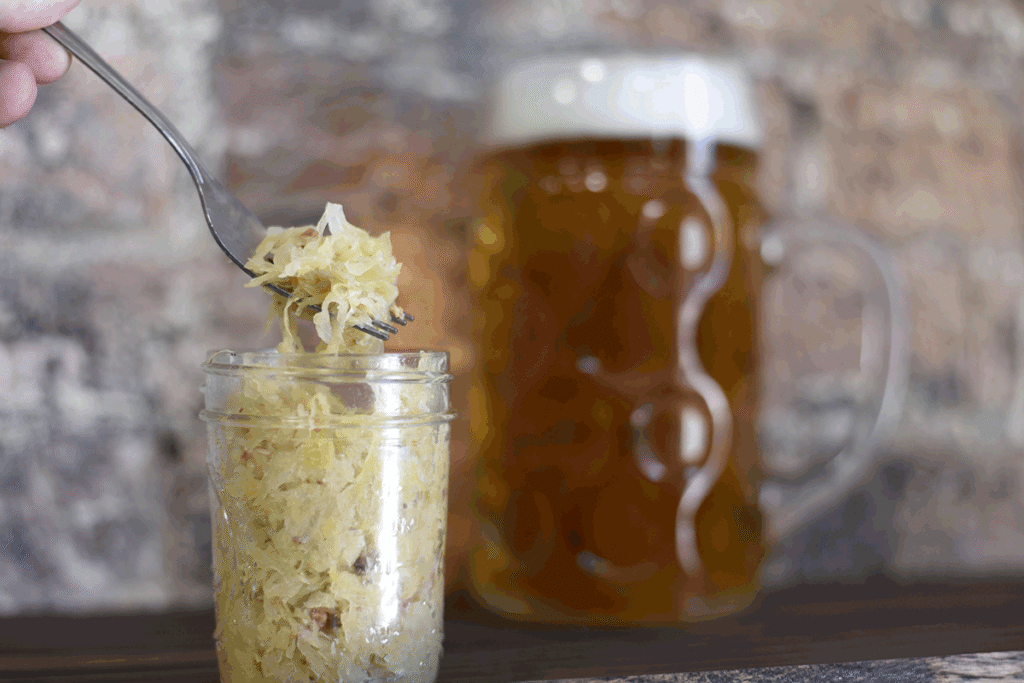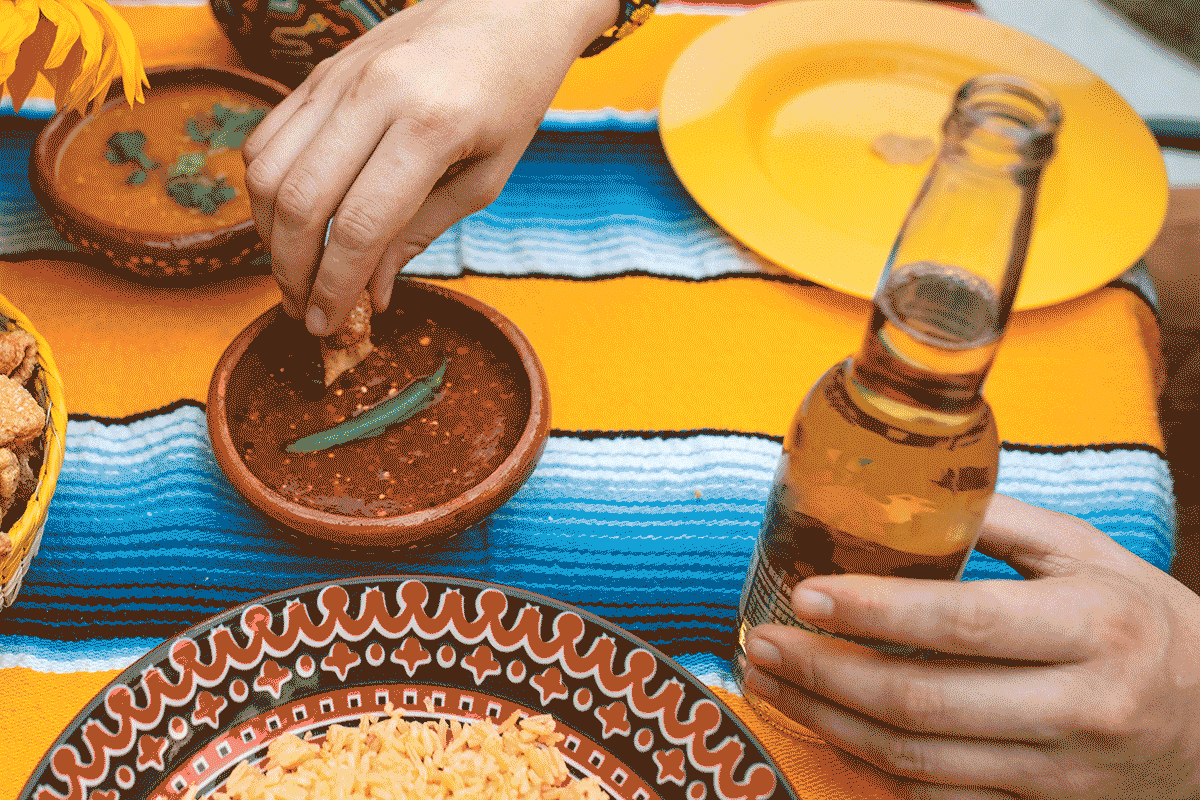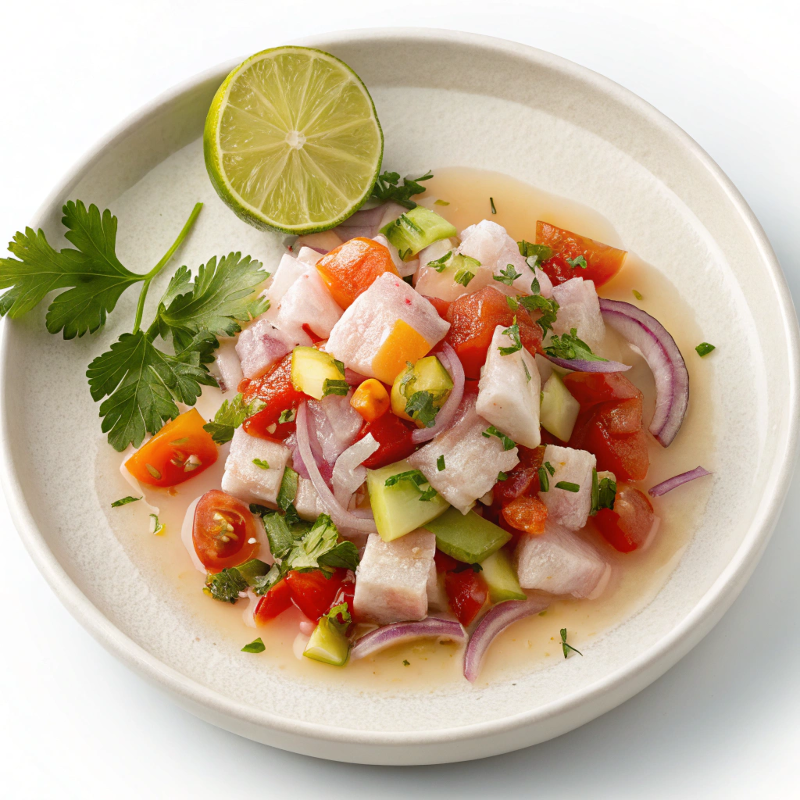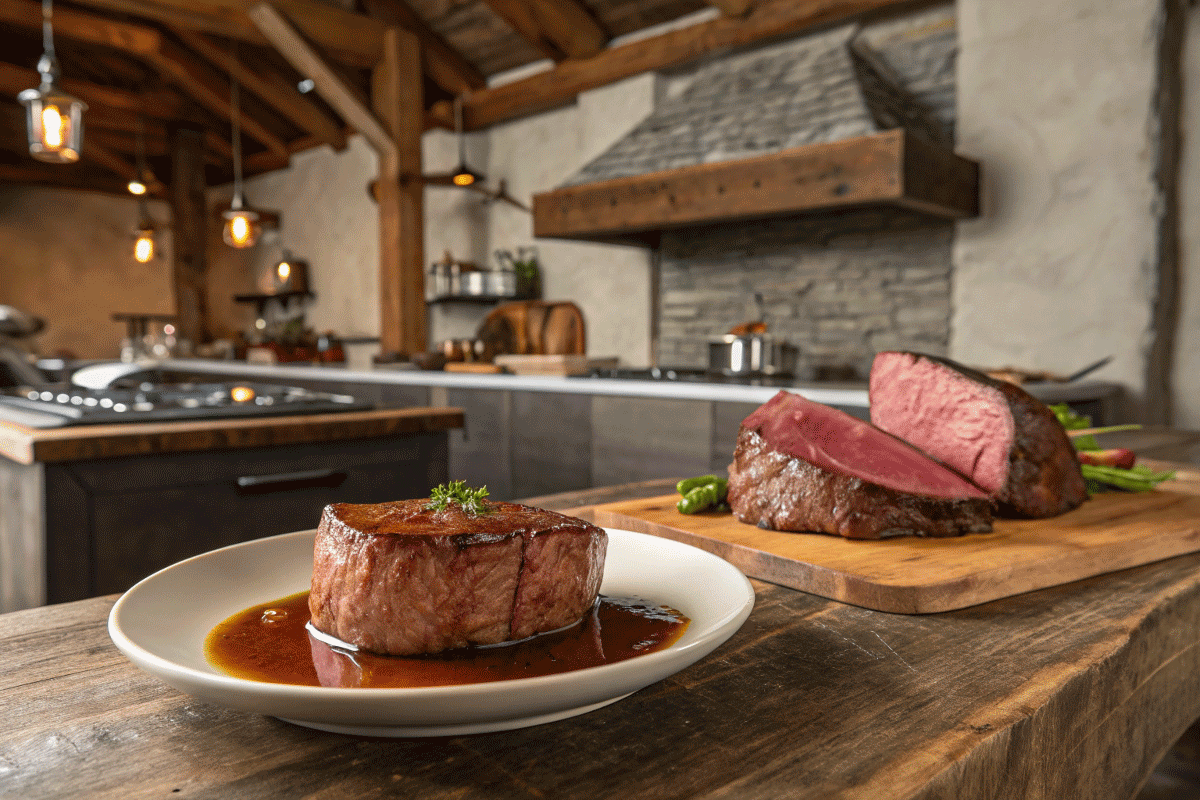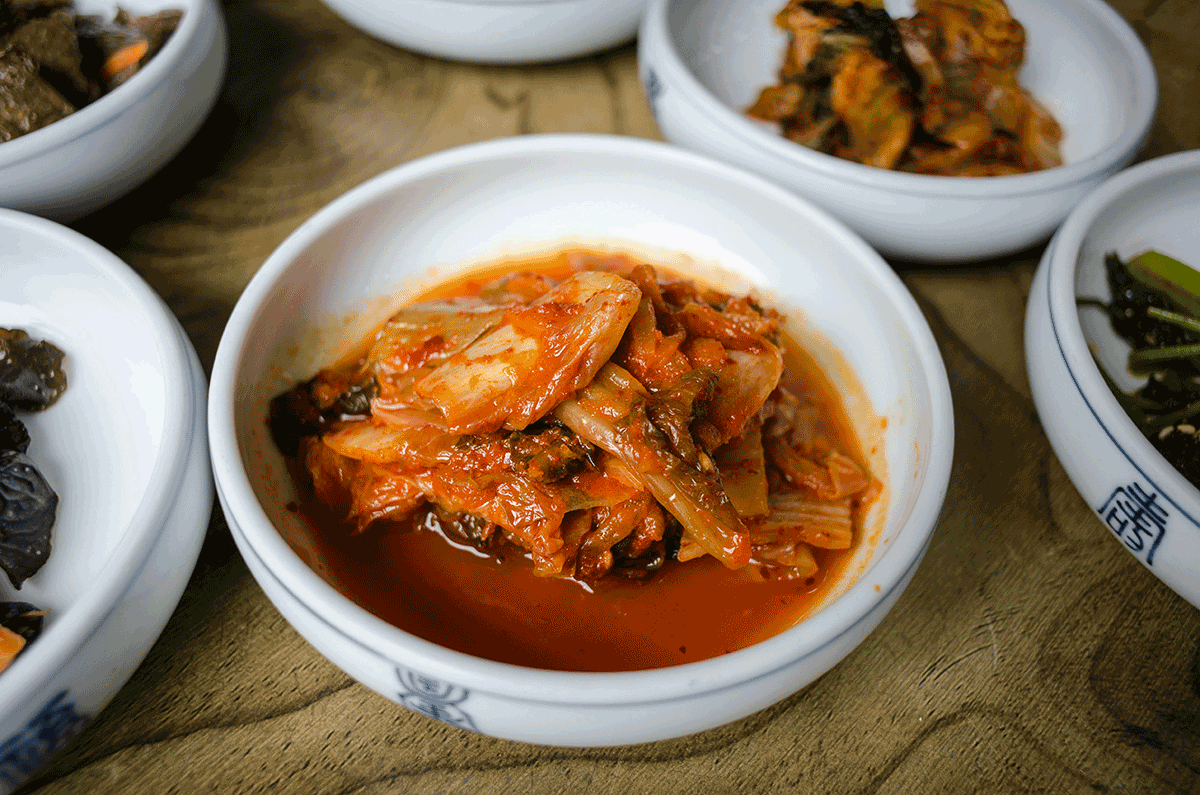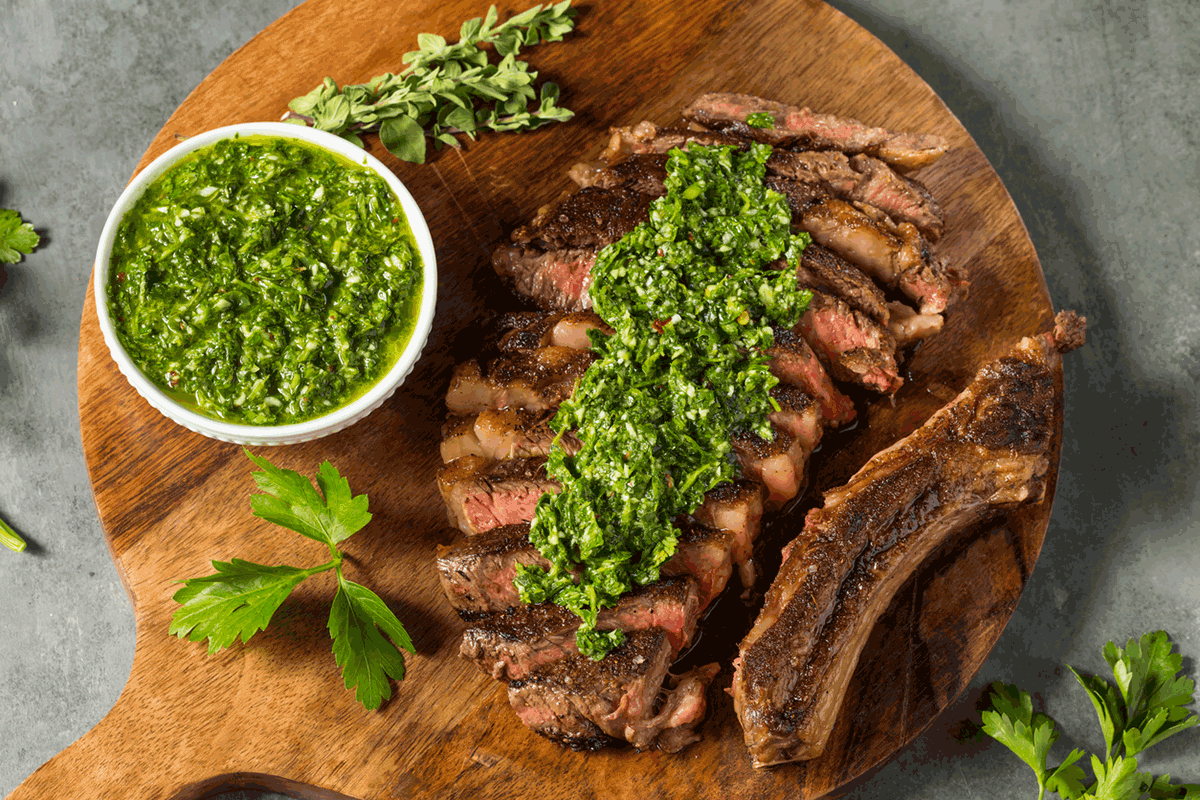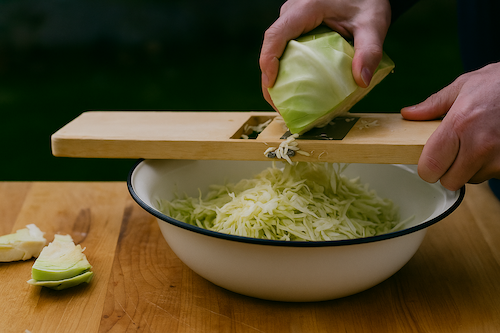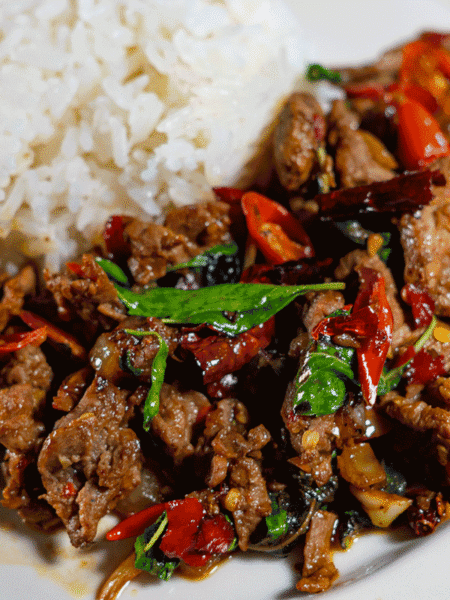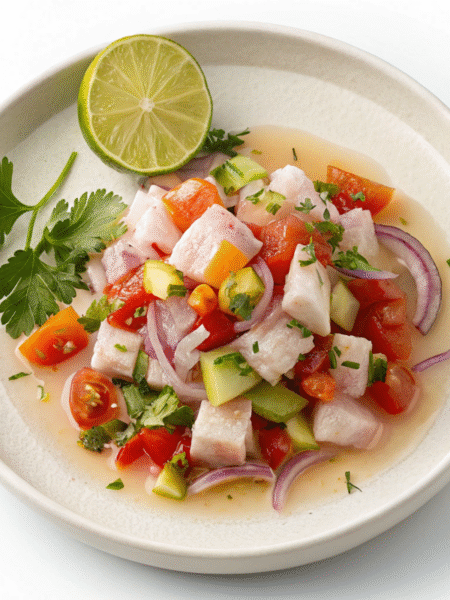I love German food. There was a restaurant in Washington, DC, that I loved called Cafe Mozart. It was quirky, almost like a speakeasy, since during dinner hours, patrons had to enter through a closed deli and ring a doorbell to enter the restaurant. Once inside, the atmosphere was authentic. Often times there was a piano player or sometimes a man playing the accordion wearing full lederhosen. Everything on the menu was wonderful, and all dishes were served with either white or red sauerkraut.
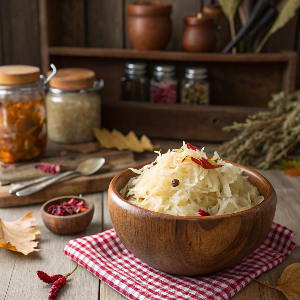
That’s where I first came to appreciate what sauerkraut could be. It wasn’t overly sour or mushy like the kind that comes in plastic bags at the grocery store. It was tender but still had bite, with a balance of salt and acidity that paired perfectly with bratwurst, schnitzel, and roast pork.
Years later, after Cafe Mozart had closed and I was experimenting more in my own kitchen, I found myself missing that sauerkraut. I didn’t want the shelf-stable kind—I wanted the fresh, tangy kraut that reminded me of those dinners in DC. So I decided to try making it myself.
Through my research on sauerkraut, I learned that many who made sauerkraut traditionally did so after the first freeze, because the freeze makes the cabbage a bit sweeter and possibly more tender. It would be finely shredded, salted, and massaged until the cabbage sweats out its water, then packed into jars or crocks and left to ferment. The natural bacteria thrive in this high-salinity environment and preserve the food while adding tangy deliciousness.
From working for years in restaurants, safe food handling is always a high priority. I did my research and discovered that the high salt content prevents some of the bad types of bacteria from taking over. I also discovered that this process can be kickstarted by adding some whey from live-culture yogurt.
Getting Started
I always try to use organic cabbage. It is less likely to have been treated with something that may inhibit the fermentation process. Many friends, however, use non-organic cabbage with good results.
I like my sauerkraut to be finely shredded. I think they called this “floss.” I use a mandoline set on the thinnest setting possible. I feel this also helps in the salting process, allowing the water to be fully released more quickly. However, this is only my preference and has no bearing on the outcome. If you prefer a chunkier style, feel free to use a knife and make larger slices.

